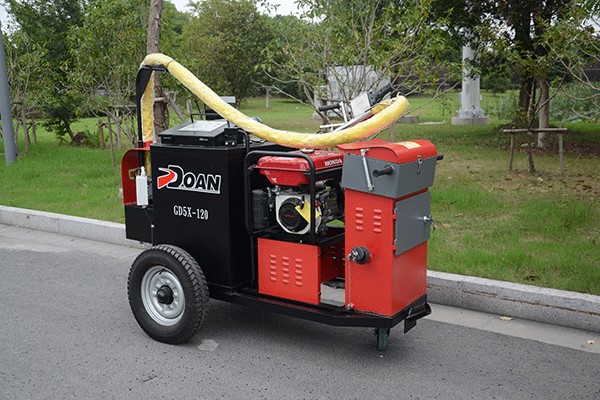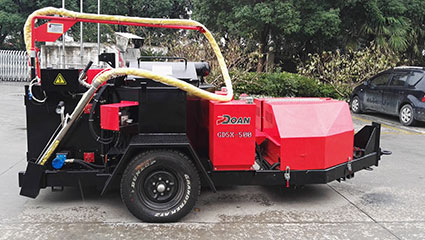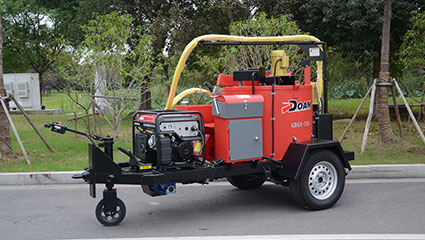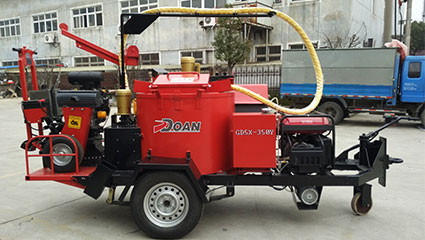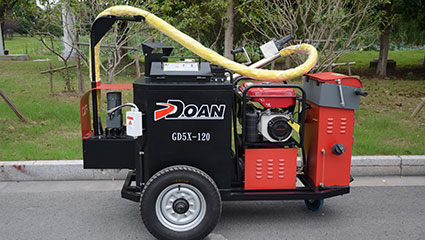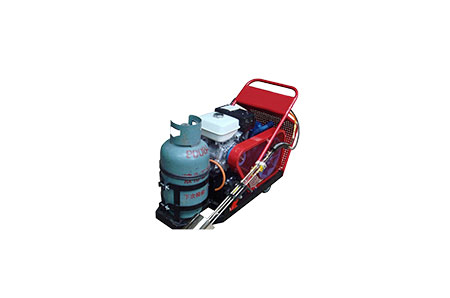Cracks that are 1/8 inch or slightly larger are usually routed to a width of 1 inch or greater to provide a reservoir for the sealant. The crack is then cleaned and sealed. If the cracks are more than 2 inches deep, a backer rod should be installed to conserve sealant.
Cracks that are ½ inch to ¾ inch wide usually need only cleaning and sealing. Install a backer rod if cracks are more than 2 inches deep. Cracks that are larger than 3/4-inches wide should be filled with an asphalt emulsion slurry seal, a hot mix asphalt sand mix, or a hot-poured sealant.
The time of year when the crack sealing is done will affect the performance of the sealant. Most cracks will open and close, depending on the season of the year. Crack sealing should be carried out when the cracks are in the middle of their opening range, which usually equates to spring or fall. Cracks filled in summer, when they are at minimum width, will be under-filled in the winter. Cracks filled in the winter, when they are at maximum width, will be over-filled in the summer and traffic may pull the crack filling material out of the crack. Welcome to contact us to know more information about crack sealing engineering.

